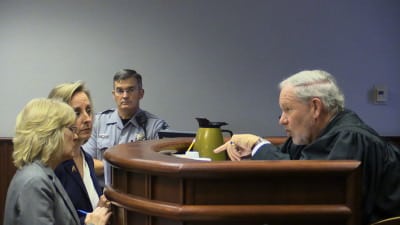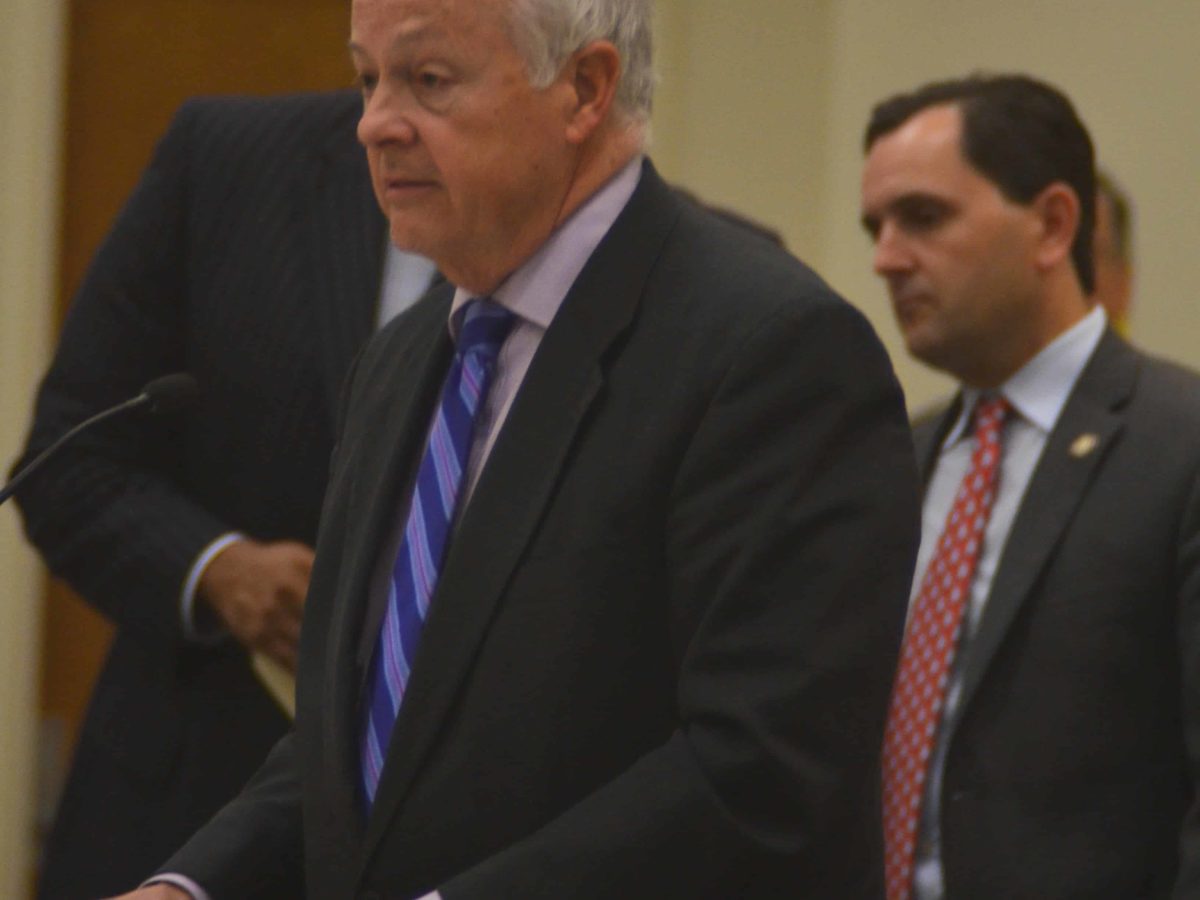

Teaching in education leadership programs is without question one of the most rewarding things I do. Having just completed the semester, I am particularly attuned to the great satisfaction that comes from watching people grow and become better leaders.
And with better leaders, comes better schools and better opportunities for students.
Last week House Bill 902 made cross over. This bipartisan bill picks up one of the gems from the Race to the Top funding, regional academies for school leadership, and finds a creative way to continue them. Right on House. Senate – all eyes are on you.
The bill is infused with the best thinking on effective school leadership programs. Rigorous. A proactive, aggressive recruitment strategy for participants. Focus on student achievement. Priority for placing quality principals in high-need schools.
The Wallace Foundation has supported the creation of education leadership standards which I referenced in another Thursday Transcript. Recently, the New York Times featured an article by their president that mirrors the focus of House Bill 902:
Politicians and education reformers are fixated on the performance of teachers, but they often overlook another key ingredient for improving student achievement: principals…. We need a bigger pool of outstanding principal candidates; we need to get them into the schools with the greatest challenges; and we need to support them on the job. Right now, that’s not happening in enough communities… University programs should selectively admit outstanding candidates who really want to become principals, not teachers looking for a credential to get a pay raise.
Through Race to the Top, North Carolina got a jump start on some options that worked out very well. Dr. Kathleen M. Brown, Chair of the Educational Leadership Program at the University of North Carolina at Chapel Hill, made the following findings as a part of the formal evaluation of this Race to the Top initiative:
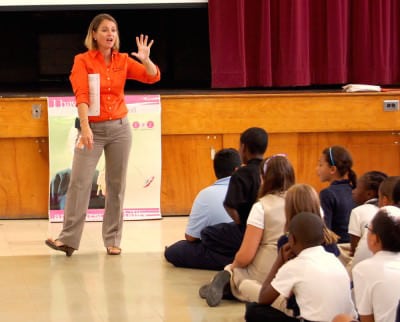

All three RLAs [Regional Leadership Academies] use what are considered by some experts as “best practices” for leadership preparation programs as organizing principles in designing and delivering their individual principal preparation programs.
Fidelity of implementation of program designs (i.e., the degree to which the interventions have been delivered as intended) has been strong (e.g., each RLA has recruited and prepared over 60 “turnaround principal” candidates).
Participants in every cohort in each RLA have found internship placements in targeted schools and LEAs (i.e., higher-poverty, lower-performing schools than the North Carolina state average, though not always schools on the list of the 5% of lowest-achieving schools in the state).
The legislation calls for the General Assembly to allocate $9.5 million for this program in 2016-17 for grant administration and grant awards. This is all good. Very good.
There are two significant issues I would consider as the bill makes it way through the legislative process: oversight of this public-private partnership and the measures of accountability.
The bill calls for the administration of this program through the State Education Assistance Authority. The SEAA selects a non-profit organization that will do the day to day work and the SEAA approves recommendations for grants for leadership preparation programs that are submitted by the non-profit organization.
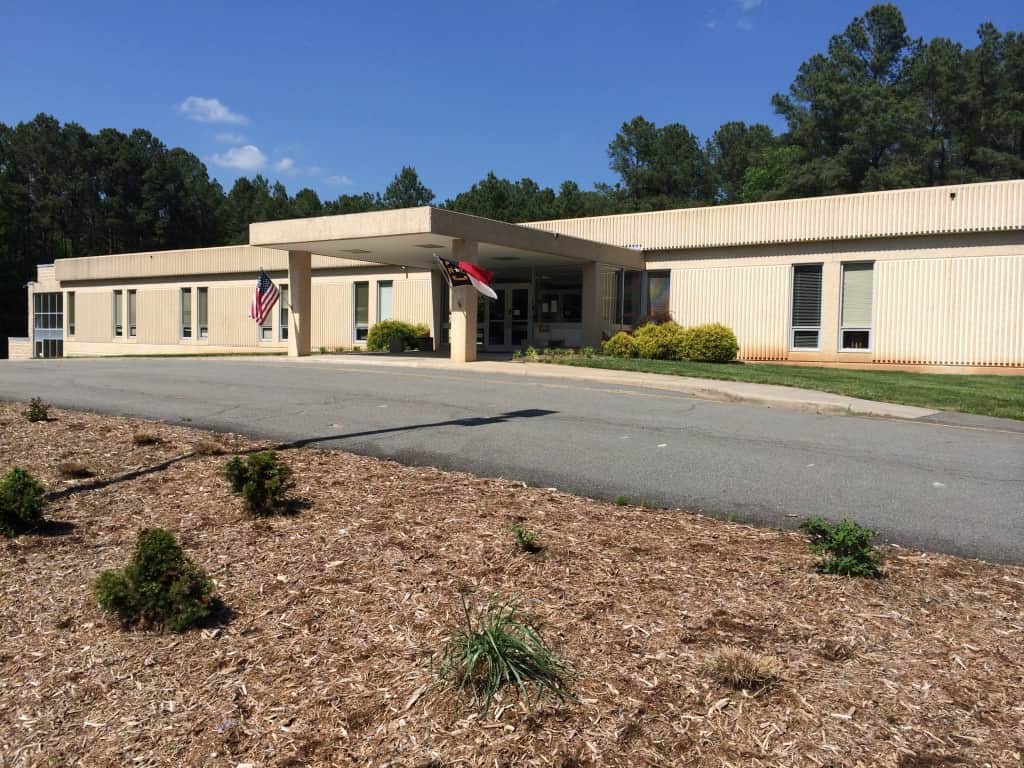

The General Assembly has expanded the SEAA’s role over the last few years, adding the administration of the vouchers/opportunity scholarships to private schools 1 as well as the reimbursement fund for Children with Disabilities Scholarship Grants.
Before these additions, the SEAA’s long-standing role has been in administration of student loans. Its mission statement declares, “[w]e are the State agency that promotes access to higher education by administering financial aid and savings programs, informing students and families about paying for college, teaching educators about financial aid administration, and advocating for resources to support students.” Its statutory duties reflect this emphasis on administering student loan programs.2
The SEAA is a political subdivision of the State and performs “an essential government function.”3 Established in 1965, the SEAA always has been comprised of seven members appointed by the Governor. In 2010, the General Assembly tightened board member requirements to require expertise in secondary or higher education, expertise in finance, and to include the chief financial officer of the University of North Carolina and of the North Carolina Community College System as ex officio members.
If the SEAA takes on oversight and some administration of programs aimed at strengthening public education, its board composition needs to change to include those with expertise in this area. I wrote earlier about how the “inseparable connection” between public schools and higher education was lost in a revision to the 1868 Constitution. Perhaps the SEAA is an opportunity to put that connection back in place, at least in regard to innovative public-private partnerships. Including members of the State Board of Education and/or the elected State Superintendent of Public Instruction, perhaps along with other PreK-12 education experts, would be a step in the right direction.
The better place for the program from a constitutional and governance perspective is with the State Board. That simply may not be possible right now from a political perspective but let’s not lose sight of these large issues of governance and separation of powers.
The SEAA also will likely need to change how it conducts its business. What may work very well for a focus on higher education student loans may need to change for oversight of critical programs for PreK-12 education. According to the single meeting notice on its website, the SEAA board meets twice a year. It does not publish on its website the meeting agenda or meeting materials. It does not provide contact information for board members. In regard to the statutorily-required rule-making for the special education tuition reimbursement 4, it simply states “coming soon.”
It may be that the intent of House Bill 902 is to focus on the work of the non-profit organization that is paid with State funds to administer these programs. This, though, simply raises the question in another way of how we make sure that public-private partnerships make effective use of State – taxpayer – funds to address critical issues for public education. And not only critical, but that relate to the constitutional mandate to provide an equal opportunity to a sound, basic education.
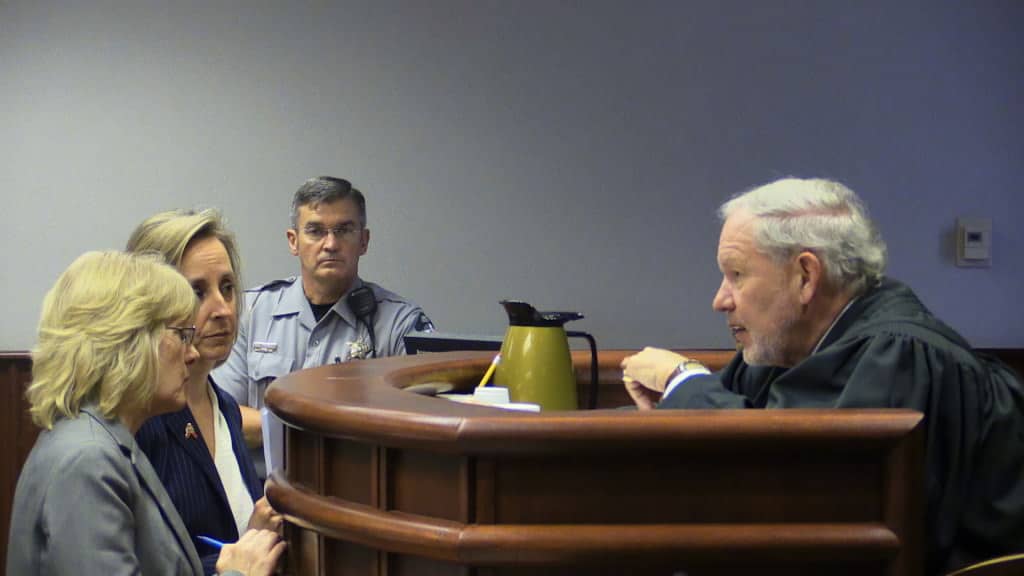

Which gets me to the second issue: There is no doubting the rightness of the focus on measuring the effectiveness of these programs based on student achievement. However, taking a lesson from Judge Manning, we need to consider measures based upon both inputs and outputs.
We know from Leandro v. State that one of the inputs to the opportunity for a sound, basic education is a high quality leader in each school. This is in part because quality principals are very important for another input – high quality teachers. To judge the effectiveness of leadership preparation programs, I would expand the measures of student achievement to include some assessment of the principal’s leadership of teachers. For example, the teacher working condition survey gives a critical window into the culture of the school that will lead to high achievement.
The other key input identified by Judge Manning is sufficient instructional resources. This is a measure the principal doesn’t control. Principals always have been constrained by the resources of the school district. Further, in 2013, the General Assembly shifted some key budget flexibility provisions from the school level through the school improvement plan back to the district level. All of this means that equally skilled principals with similar groups of students (and teachers) could see different student achievement results based on their access to instructional resources. So while it is more cumbersome, one input measure would be to see how effectively principals use the strategic plan at their school – the school improvement plan – to drive student achievement.
I love teaching because my students who are practicing educators remind me of issues that don’t always get as much attention as they deserve. Time and again this semester, they reminded me of the importance of safety. Schools need to be safe and create a sense of belonging. They tell me that this is crucial in order to be able to create an environment for learning. I believe them and hope that the effectiveness of leaders and leadership programs includes these measures.
Governance and measurements of success are always difficult issues and deserve attention and multiple perspectives. These are mine. What are yours? Judge Manning has called for the State to have a definite plan to address constitutional deficiencies. I hope House Bill 902 is one of the elements of that plan.


